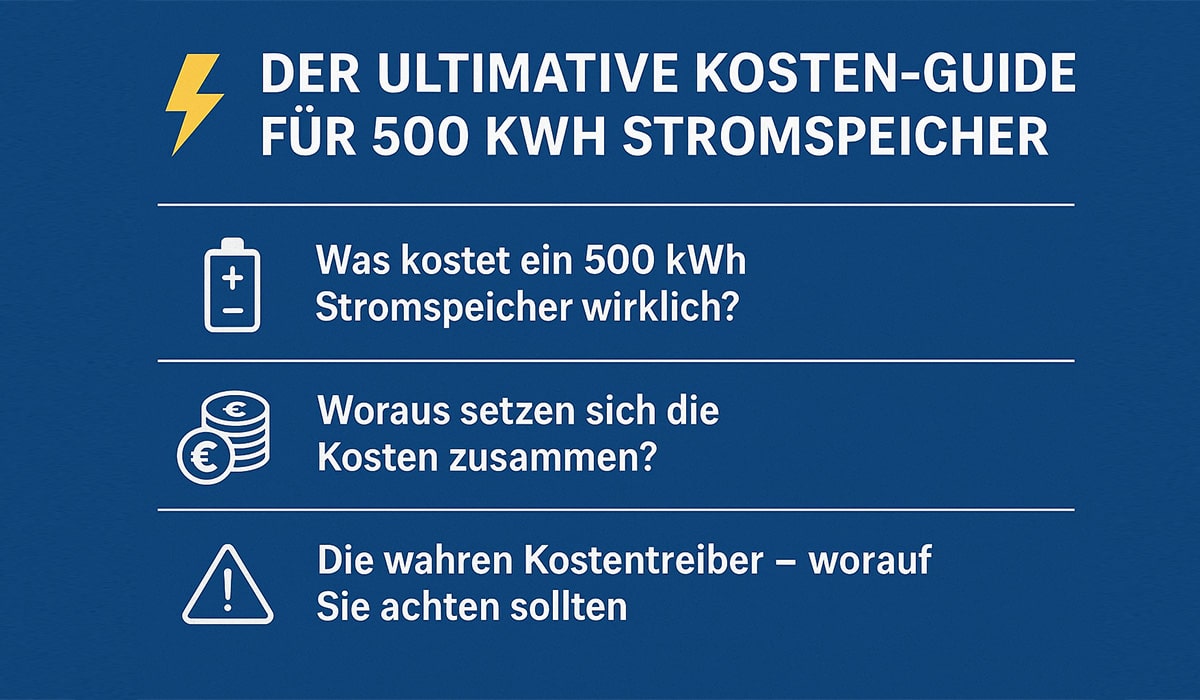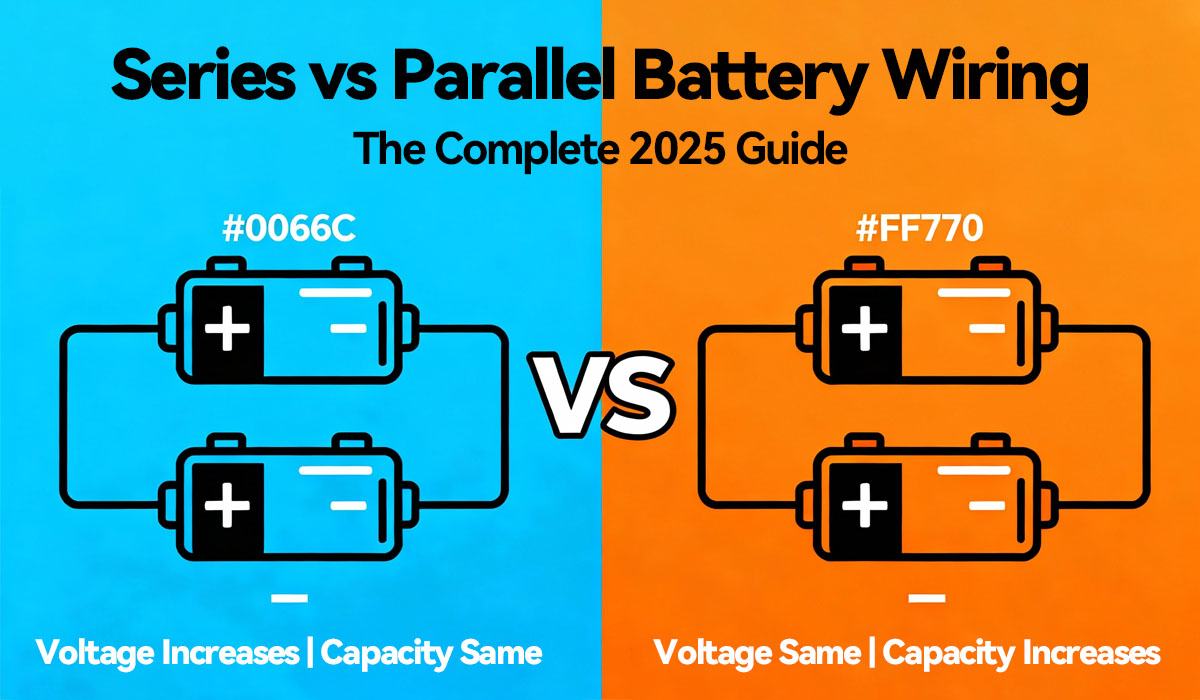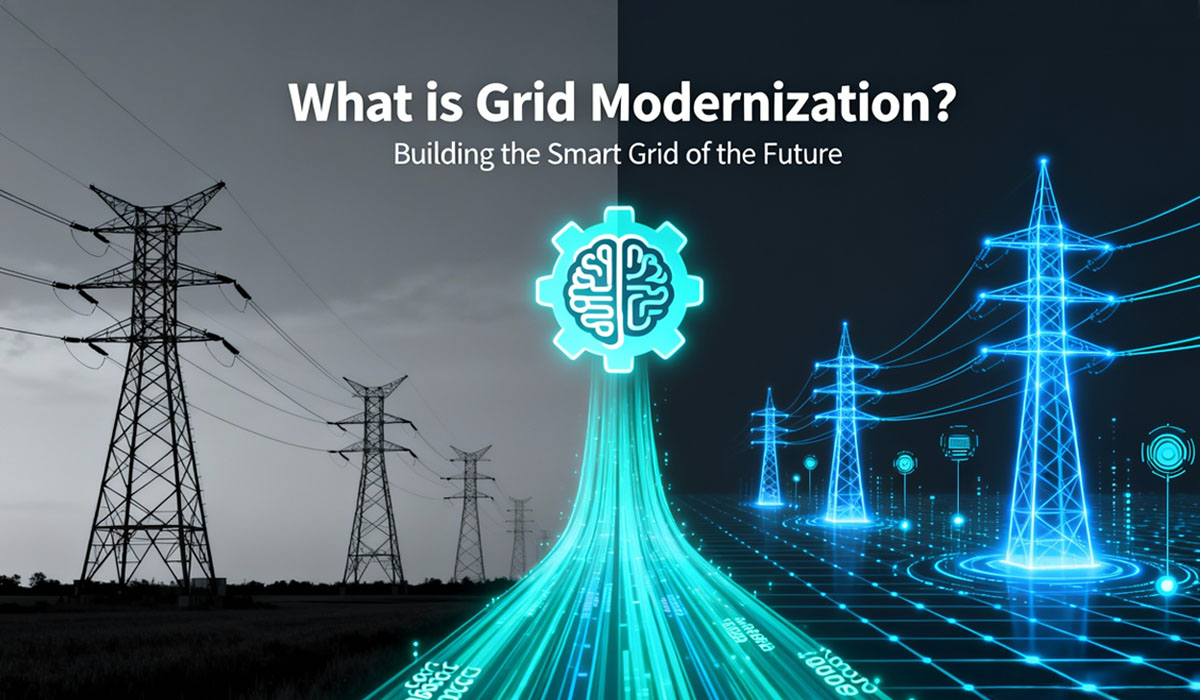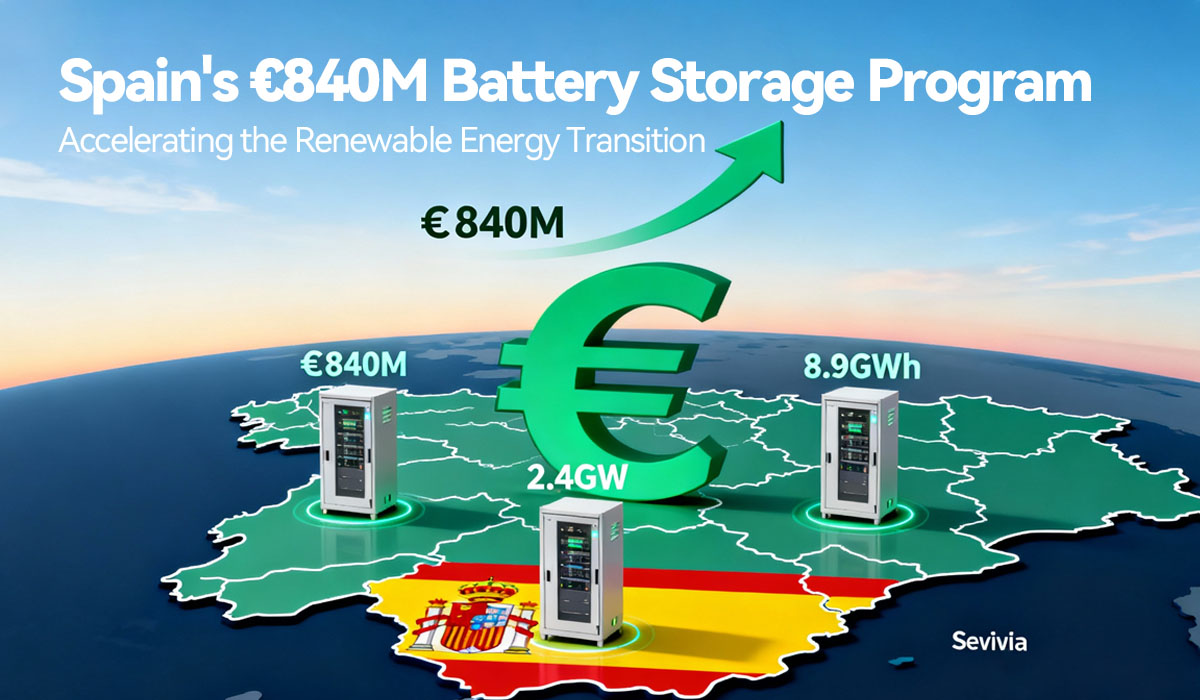Blog
Blog
Understanding Energy Conversion: kWh to kW in Solar and Energy Storage Systems
Published by Dawnice, March 7, 2025
In the realm of solar energy and energy storage systems, understanding the relationship between kilowatt-hours (kWh) and kilowatts (kW) is crucial. These two units are fundamental to designing, optimizing, and managing solar panel systems and battery storage solutions. While the conversion between kWh and kW is straightforward, its implications are profound, especially when it comes to sizing solar arrays, inverters, and battery banks. This article will delve into the concepts of kWh and kW, their conversion, and their practical applications in solar and energy storage systems.
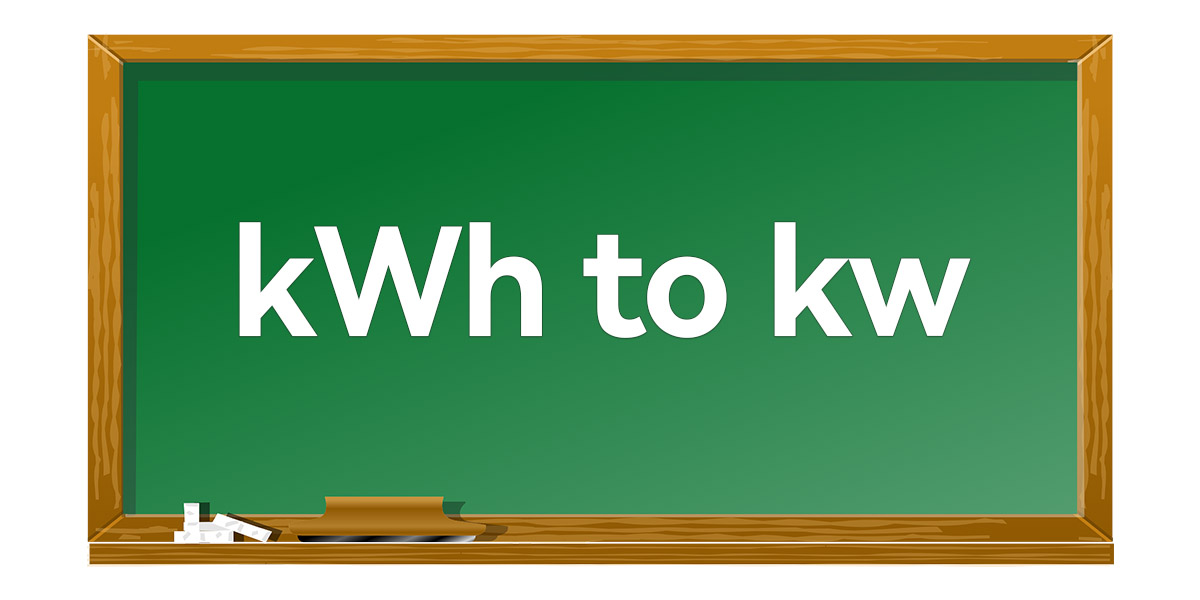
1. What is a Kilowatt-Hour (kWh) and a Kilowatt (kW)?
Kilowatt-Hour (kWh)
A kilowatt-hour is a unit of energy, commonly used to measure electricity consumption or production. It represents the amount of energy consumed or produced by a 1-kilowatt (kW) device operating for one hour. For example, if a 1 kW appliance runs for 5 hours, it consumes 5 kWh of energy. In the context of solar systems, kWh is used to quantify the energy generated by solar panels or stored in batteries.
Kilowatt (kW)
A kilowatt, on the other hand, is a unit of power. It measures the rate at which energy is generated or consumed. For instance, a 2 kW solar panel system generates 2 kW of power under optimal conditions. Power (kW) is instantaneous, while energy (kWh) is cumulative over time.
Key Relationship
Energy (kWh) = Power (kW) × Time (h)Conversely, power can be derived from energy and time:
Power (kW) = Energy (kWh) ÷ Time (h)2. Why is the Conversion from kWh to kW Important?
Sizing Solar Systems
When designing a solar panel system, it’s essential to know both the energy consumption (kWh) and the power requirements (kW) of your home or business. For example, if your household consumes 30 kWh per day and you want to generate this energy within 5 hours of peak sunlight, your solar system must have a power output of:
Power (kW) = 30 kWh ÷ 5 h = 6 kWThis calculation ensures that your solar array is appropriately sized to meet your energy needs.
Battery Storage Sizing
Battery storage systems are rated in kWh, representing their energy capacity. To determine how long a battery can power your home, you need to know the power consumption (kW) of your appliances. For instance, a 10 kWh battery can power a 2 kW load for:
Time (h) = 10 kWh ÷ 2 kW = 5 hours3. Practical Applications of kWh to kW Conversion
Example 1: Air Conditioner Energy Consumption
Suppose you have a 1.5 kW air conditioner that runs for 6 hours daily. The daily energy consumption is:
Energy (kWh) = 1.5 kW × 6 h = 9 kWhThis information helps you determine whether your solar system can support the air conditioner’s energy demand.
Example 2: Solar Inverter Sizing
A solar inverter converts DC power from solar panels into AC power for home use. If your solar panels generate 20 kWh per day and you want to use this energy within 4 hours, the inverter must handle:
Power (kW) = 20 kWh ÷ 4 h = 5 kWChoosing an inverter with a 5 kW capacity ensures efficient energy conversion.
4. Converting Between Non-Similar Units
While kWh and kW are directly related, conversions between other units (e.g., watt-hours to kilowatts) require additional steps. For example, to convert 1000 watt-hours (Wh) to kilowatts (kW) over 5 hours:
1000 Wh = 1 kWhPower (kW) = 1 kWh ÷ 5 h = 0.2 kW5. Key Equipment in Solar Systems
Solar Inverters
Solar inverters play a critical role in converting DC power from solar panels into AC power for home use. They also manage energy flow between the solar panels, battery storage, and the grid. Properly sizing the inverter ensures optimal performance and prevents energy losses.
Battery Storage Systems
Battery storage systems store excess energy generated by solar panels for use during periods of low sunlight or high energy demand. Sizing the battery bank correctly involves understanding both energy consumption (kWh) and power requirements (kW).
6. Conclusion
Understanding the conversion between kWh and kW is fundamental to designing and optimizing solar and energy storage systems. Whether you’re sizing a solar array, selecting an inverter, or choosing a battery bank, these calculations ensure that your system meets your energy needs efficiently. By mastering these concepts, you can make informed decisions that enhance the performance and sustainability of your energy systems.

